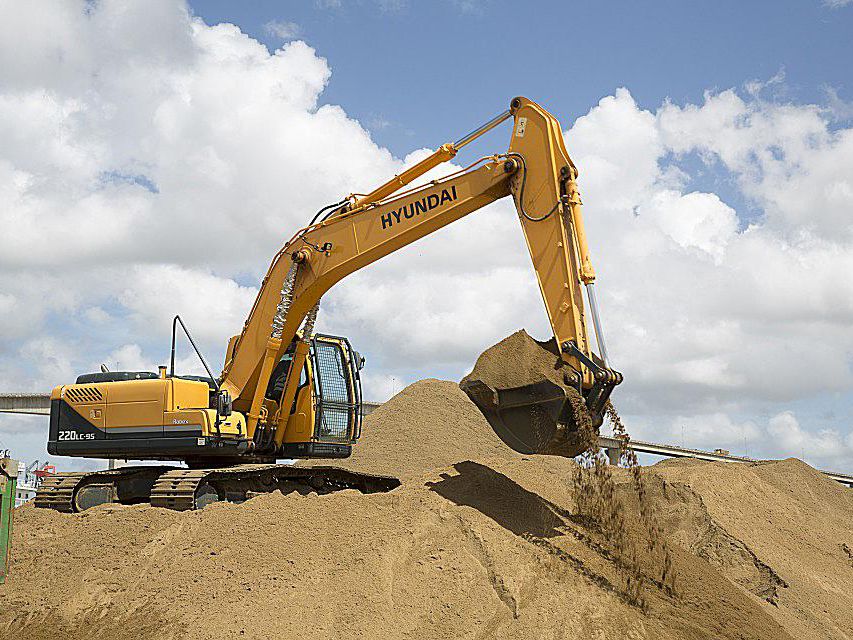There are different forms of earth engineering tasks that require different forms of earthmoving equipment. It is therefore hard to use one piece of equipment for all tasks as each system has its own set of functions. This calls for a careful examination of the task to be done as the machine needed. For instance, a job done by a wheel tractor scraper may be different from the one done with an excavator.
Proper selection of earthmoving system depends largely on the cut and filled conditions of the main site. There are a few basic factors to consider when selecting the right earthmoving equipment and below we highlight some of them;
Type of material to be moved
The type of material to be moved is a major factor when selecting earthmoving equipment. For instance, tractor scrapers are recommended for use if the loading material is smooth and spreads easily. In areas with sandy loam soil, a wheel tractor is recommended as the scrapers can pull through this soil easily.
On the other hand, for job sites that have rocky soil, an articulated truck is recommended because scrapers cannot pull through rocky soils easily. It is therefore important to consider the type of material when selecting the equipment.
Flexibility and Versatility
Soil conditions can be drastically changed due to weather changes. A lot of heat may make the soil while a lot of rain makes it very smooth. It is therefore important to check the versatility and flexibility of the system when buying one. It is important to choose a system that is flexible enough to withstand the changing conditions.
Hauling Distance
When selecting earthmoving equipment hauling distance is a major consideration. For small hauling distances, small vehicles can be used. If the distance is longer, a bigger, stronger vehicle is needed. Small earthmoving equipment may not be able to sustain the pressure for a long period. For hard work done over a long, small equipment may break down.
Length and depth of the cut
The selection of an earthmoving is greatly influenced by the depth and length of the cuts. For instance, it may be hard to load a scraper if the length of the cut is below 100 feet. On the other hand, articulated haulers have a top-loading methodology that can load even in the most confined spaces.
Scrapers can operate in areas with enough room for outlining circuits. For tasks that involve digging a borrow pit, articulated trucks are the most suitable.
Condition of Towing Roads
In addition to the towering distance, it is also important to consider the conditions of towing roads when choosing an earthmoving system. While both scrapers and trucks can perform well on smooth roads, rough roads can be trouble for the former. In addition, rough roads will exert more pressure on vehicles as they’ll have to exert more power.
This can lead to increased fuel consumption as well as complicated loading. It is therefore good to select a system that stays steady in all conditions and is also economical on fuel.
Productive Configuration
One of the most important steps when selecting earthmoving equipment for excavation is to determine the daily digging production targets. The most common setup for an excavator is being outfitted with a bucket it is important to match the size and capacity of a bucket to the density of the heaviest material you expect to handle. Select the machine that can properly accommodate the bucket to routinely excavate that load.
You need to select an excavator configured to fit its Jobsite space. Many people are turning to reduced tail swing configurations when replacing or updating their earthmoving systems. In some places especially urban centers, the workspace may be limited which means you may not be able to close down lanes of traffic for a conventional tail swing machine.

